1. Define Your Digital Marketing Goals
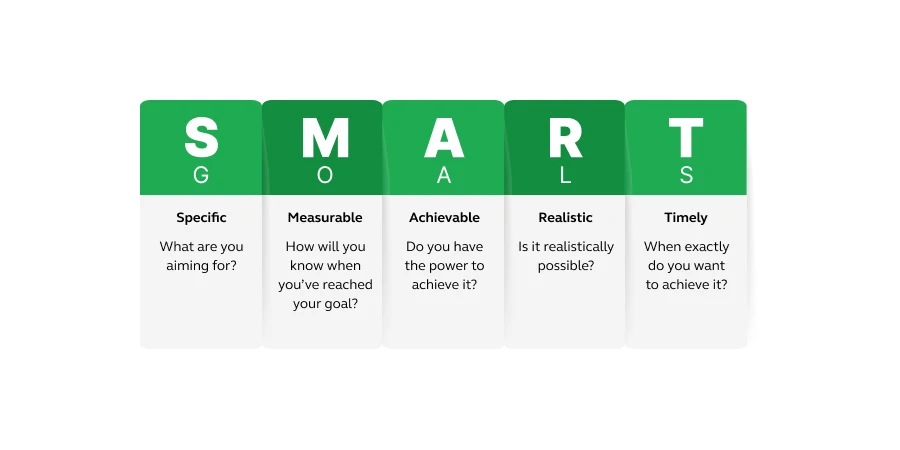
Defining clear digital marketing objectives is crucial in making an effective marketing strategy. Setting goals that are Specific, Measurable, Achievable, Relevant, and Time-bound (SMART) ensures that your digital marketing efforts are focused and purposeful. For example, instead of broadly increasing your online presence, a SMART objective would be to increase your website traffic by 30% within the next quarter through targeted social media campaigns. This clear approach leads to focused strategies and measurable results, making it easier to monitor progress and tweak tactics as needed.
2. Understand Your Online Audience

Knowing your online audience is crucial for creating an effective marketing strategy. Audience analysis and segmentation allow you to tailor your digital marketing efforts to meet the specific needs and preferences of different groups within your target market. By analyzing your audience’s demographics, interests, and online behaviors, you can craft more personalized and impactful marketing messages. For instance, using analytics to segment your audience by age or location allows you to design campaigns that better connect with each group, boosting engagement and conversion rates. Tools like Google Analytics, social media insights, and Customer relationship management CRM systems can provide valuable data on how users interact with your content, what they’re searching for, and their preferred channels.
3. Ingrain the Core Values of Your Business

Aligning your digital marketing strategies with your company’s core mission and values also helps make an effective marketing strategy. This alignment ensures that all content, campaigns, and interactions online consistently reflect your brand’s values, creating a unified and authentic brand experience across all digital platforms. When your marketing messages align with your business’s core values, they resonate more deeply with your audience, building trust and loyalty. For instance, if sustainability is a key value for your business, highlighting eco-friendly practices and messages in your digital marketing can attract like-minded consumers and reinforce your brand’s identity. This strategic alignment strengthens your brand’s identity and boosts online engagement.
4. Analyze Your Competitors
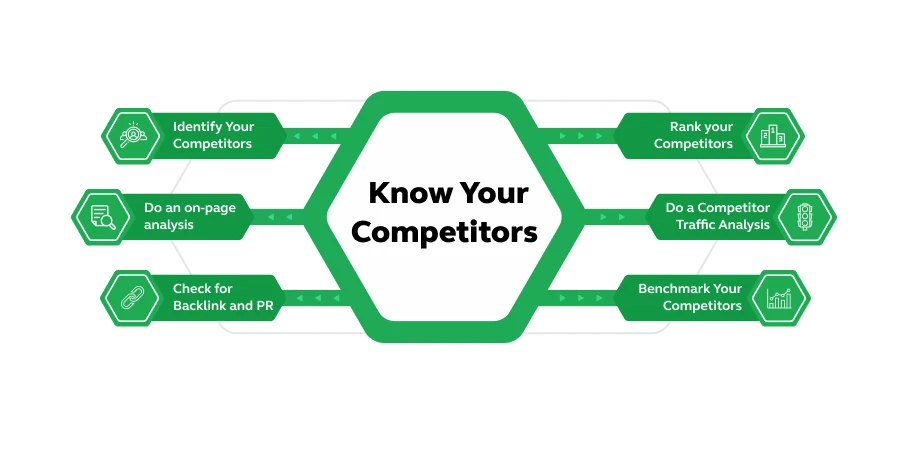
Knowing where your business stands compared to your competitors can reveal unique opportunities and areas for improvement. A detailed competitive analysis looks at your competitors’ online presence, including their website, social media activity, SEO strategies, and online advertising efforts. This approach helps you spot successful industry practices and identify gaps your business can exploit for a competitive advantage. Adding a SWOT analysis (Strengths, Weaknesses, Opportunities, Threats) to your strategy further sharpens your marketing strategy. By evaluating your business’s strengths and weaknesses in the digital landscape and identifying opportunities and threats from competitors, you can develop a more refined and effective strategy.
5. Develop a Content Marketing Strategy
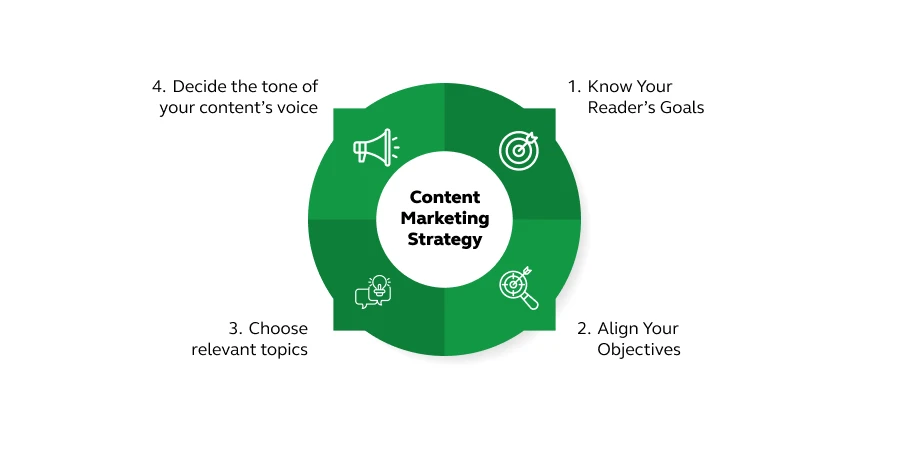
Creating a content marketing strategy is essential for a successful marketing strategy. Content acts as the bridge between your brand and your audience, providing valuable information that engages them and supports their journey from awareness to decision-making. A strong content strategy informs, entertains, and positions your brand as an authority in your field, building trust and loyalty with your audience. The right content significantly boosts your online presence and engagement, whether it’s through informative blog posts, engaging social media updates, insightful videos, or compelling infographics. It helps maintain a regular posting schedule, accommodating strategic planning around peak periods for your industry and ensuring your content has the maximum impact.
6. Use the Right Digital Marketing Channels
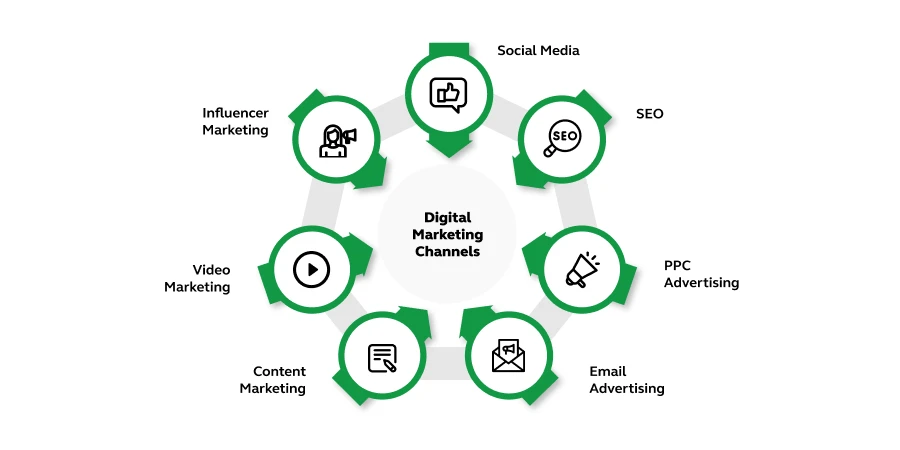
Each channel—Search Engine Optimization (SEO), Pay-Per-Click (PPC) advertising, Social Media, or Email Marketing—has a distinct role and targets audiences at various stages of the customer journey. SEO is foundational for driving organic traffic to your website and enhancing visibility and credibility. Conversely, PPC provides an immediate increase in visibility and targeted traffic, making it ideal for specific campaigns or promotions. Social media platforms are crucial for building brand awareness, engaging with your audience, and driving traffic to your site. Meanwhile, email marketing remains one of the most effective channels for direct communication, nurturing leads, and retaining customers.
Choosing and prioritizing these channels should be based on a thorough understanding of your target audience and your specific marketing goals. For instance, if your aim is to boost brand awareness among a younger demographic, focusing on visual and dynamic platforms like Instagram and TikTok might be more effective. On the other hand, LinkedIn and email marketing might be better suited if your goal is to generate leads for a B2B service. This strategic selection helps ensure your efforts are focused where they’ll be most effective, optimizing resource use and maximizing ROI (return on investment).
7. Implement and Optimize Digital Marketing Campaigns
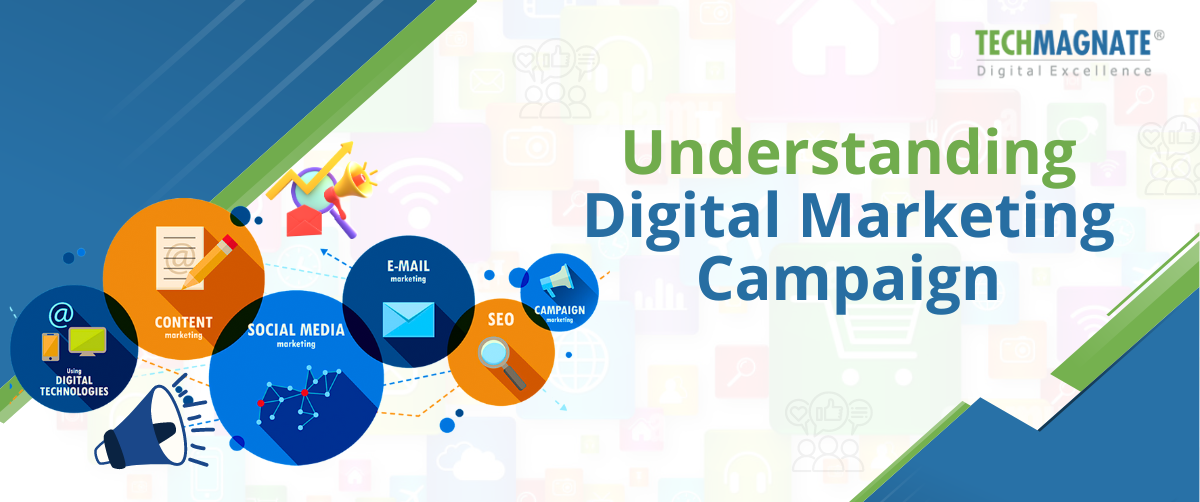
The execution of digital marketing campaigns involves careful planning, coordination across different channels, and meticulous attention to detail. Once a campaign is live, the real work starts with continuous testing and optimization. This ongoing process lets marketers adjust their strategies based on real-world data, enhancing the effectiveness of their campaigns over time. For example, A/B testing different email subject lines or landing page designs can reveal what resonates best with your audience, allowing you to make informed adjustments that boost engagement and conversion rates.
The role of analytics in this process is crucial. Using tools like Google Analytics, Facebook Insights, or specialized software provides valuable insights into campaign performance and helps track metrics such as click-through rates, engagement levels, and conversion rates. These analytics offer a clear view of how effectively each campaign meets its objectives and where improvements might be needed. By closely monitoring these metrics, you can spot trends, identify successful elements, and recognize areas that require refinement.
8. Allocate Budget and Resources

Careful budget planning involves allocating funds to each digital channel and accounting for costs related to creative development, software tools, and human resources. Efficient allocation prioritizes spending on channels and tactics that provide the highest return on investment (ROI), which necessitates a thorough understanding of past performance and well-informed projections of future outcomes. For example, if SEO and content marketing have historically generated significant traffic and conversions at a lower cost than paid advertising, it would be wise to allocate a larger portion of the budget to these areas. Flexibility in budgeting is equally important. Market trends, consumer behaviors, and campaign performance can all change rapidly, calling for adjustments to your marketing strategy and budget allocation.
Conclusion
An effective marketing strategy is a dynamic blueprint that adapts to digital trends, technological advancements, and your business’s growth. It helps you anticipate shifts in customer behavior and adjust to new platforms and tools, aligning with your company’s evolving objectives. Consider the ways mentioned above to create your own marketing strategy and ensure the growth and success of your business. You can also explore the significance of brand storytelling in the digital age to enhance your business.


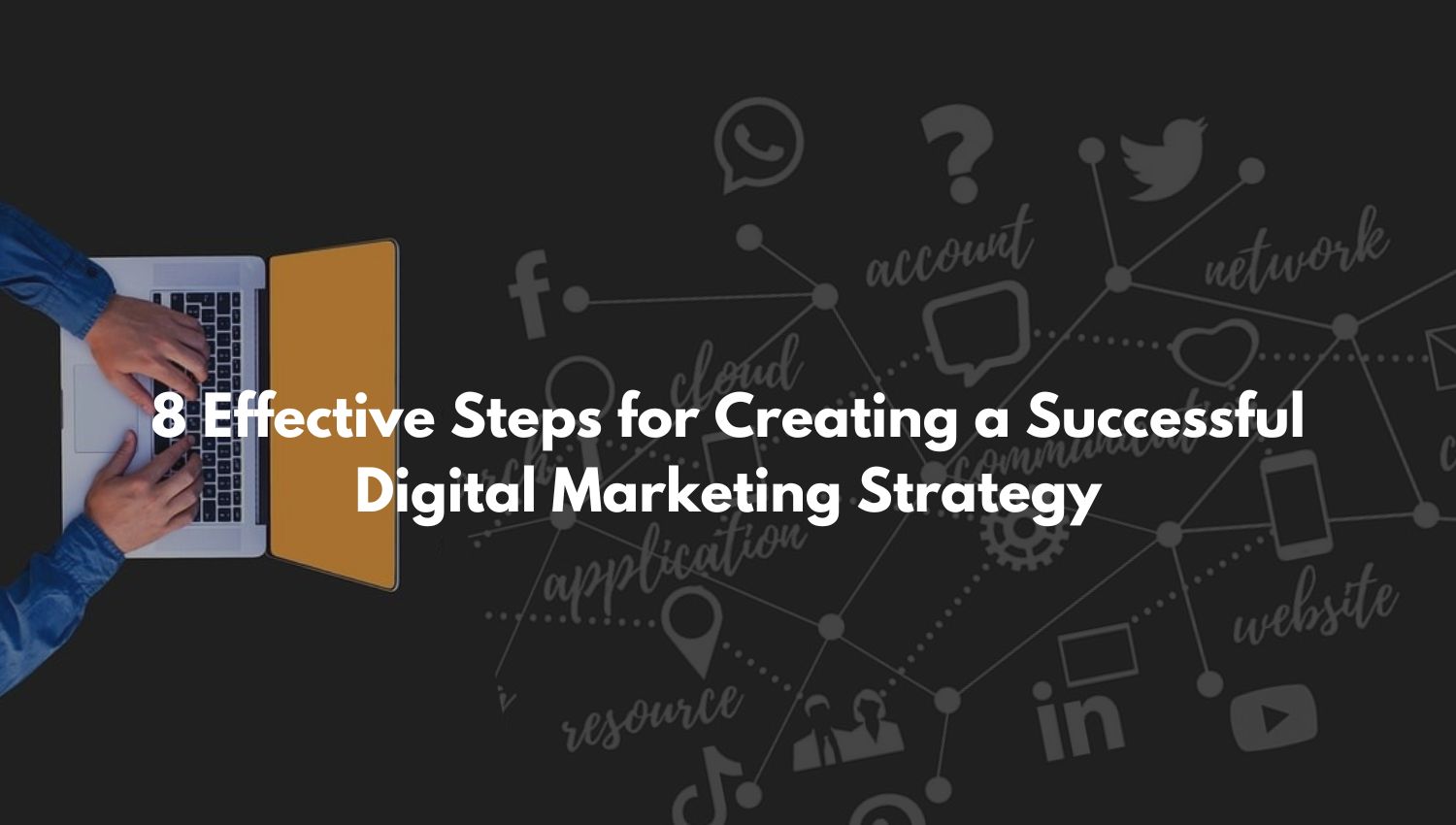
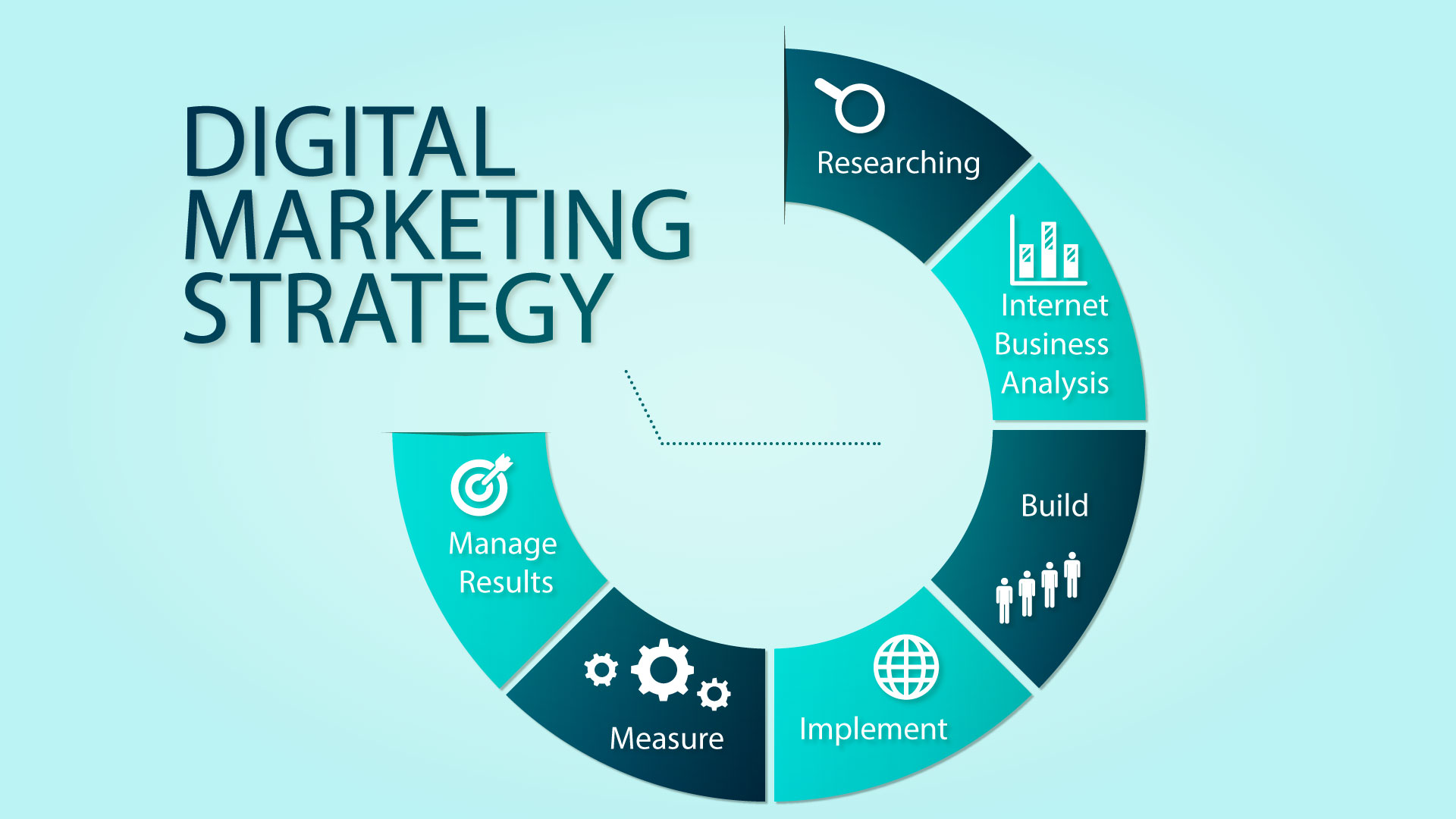

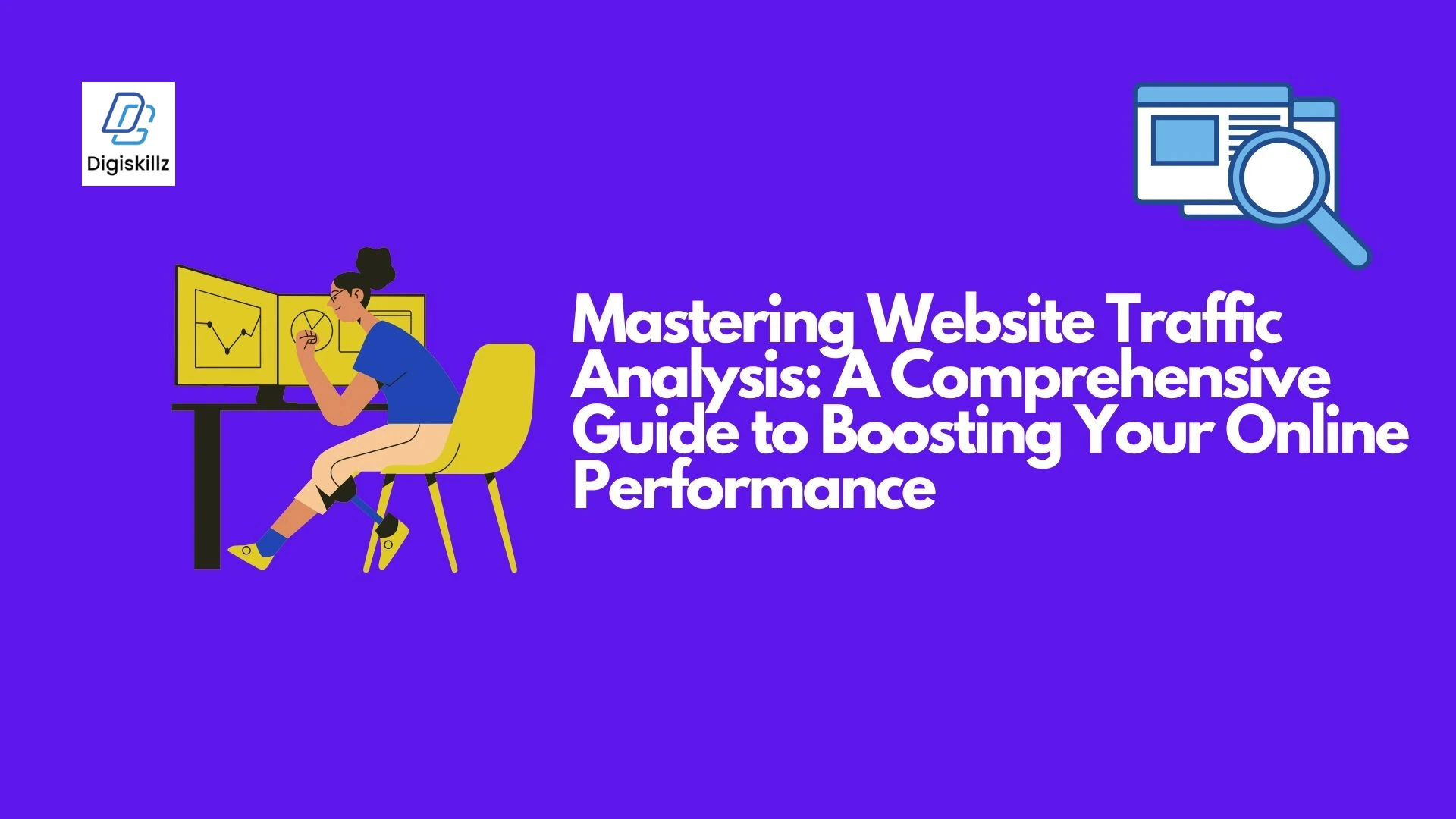

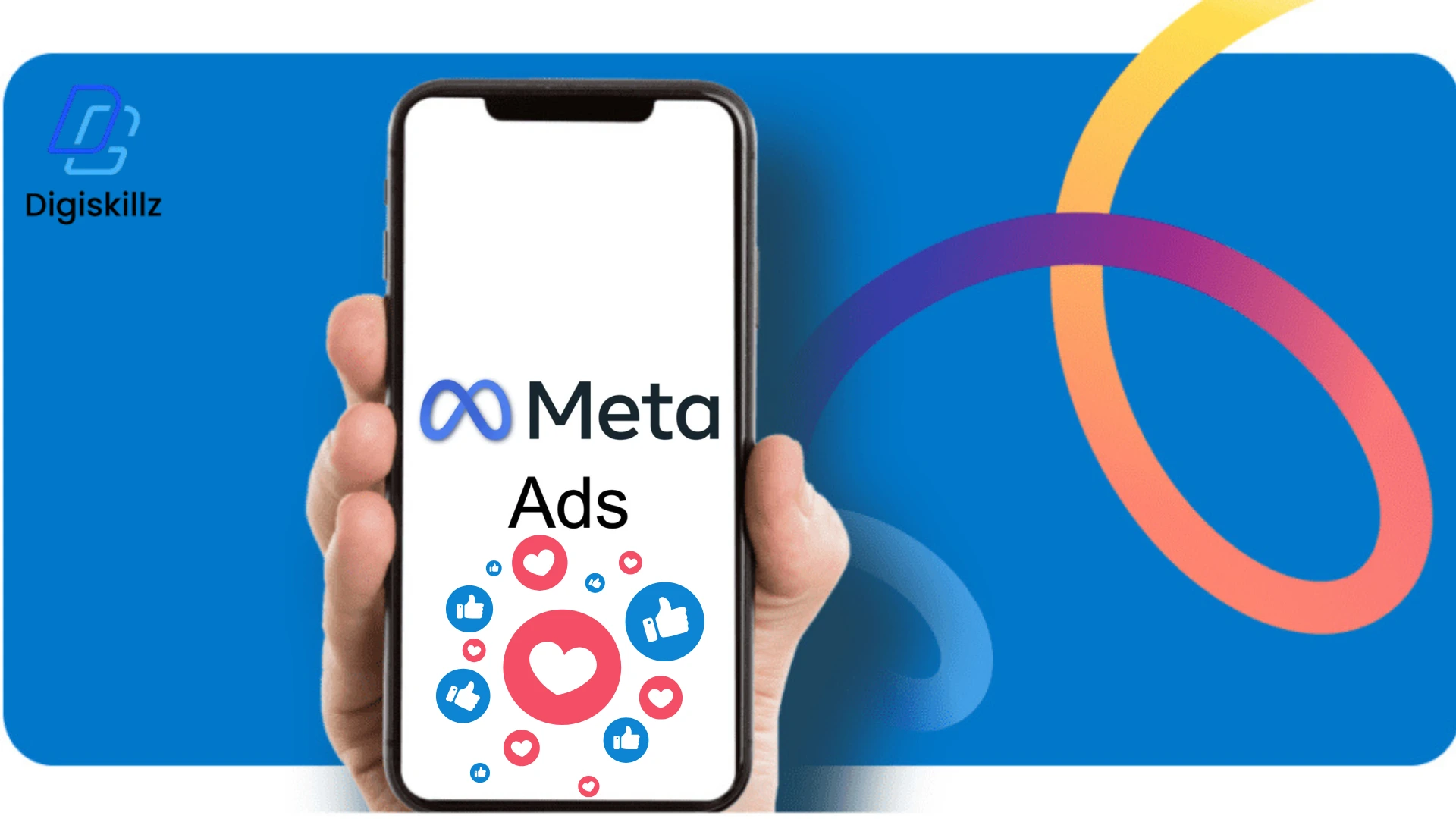

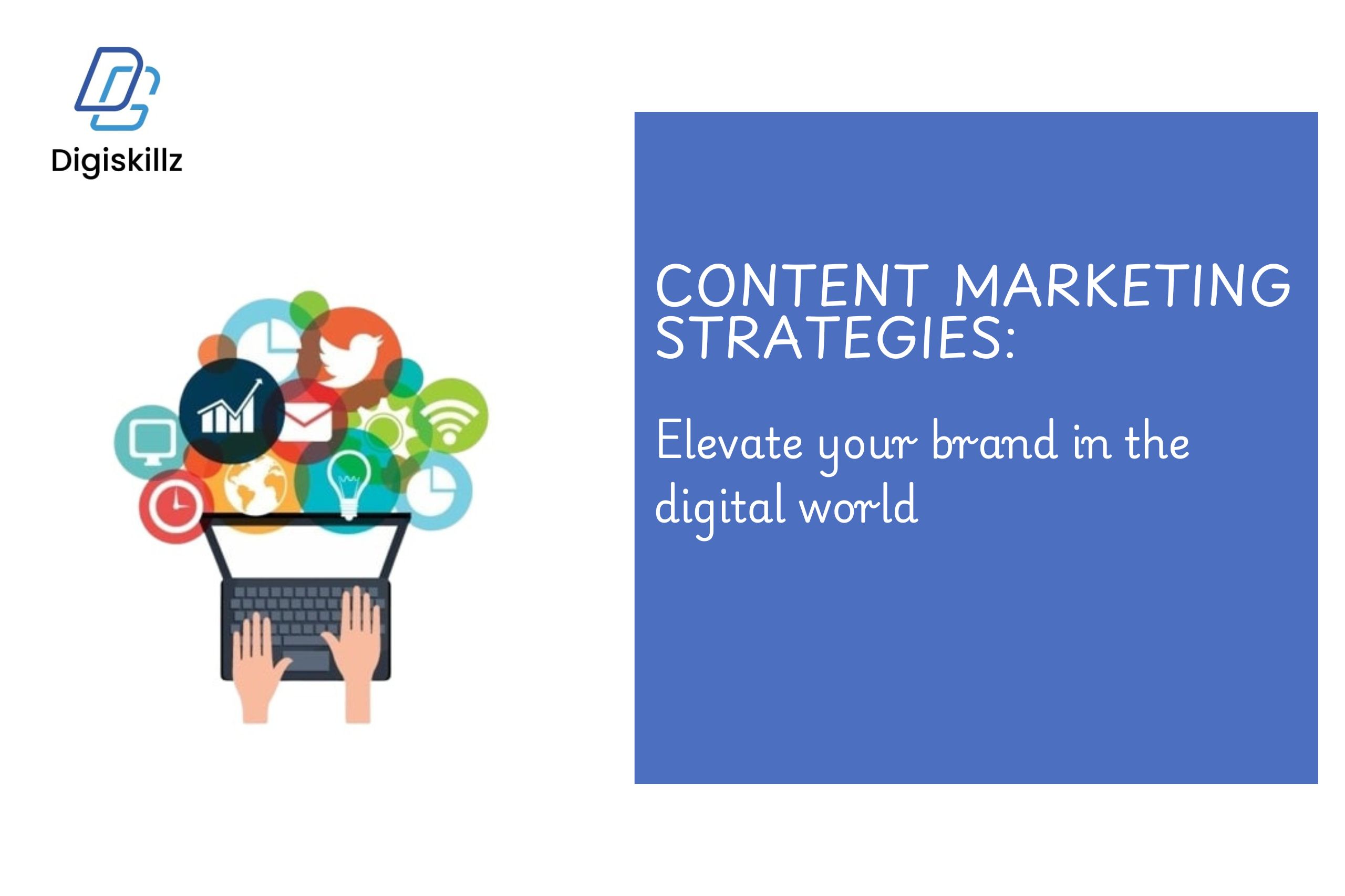
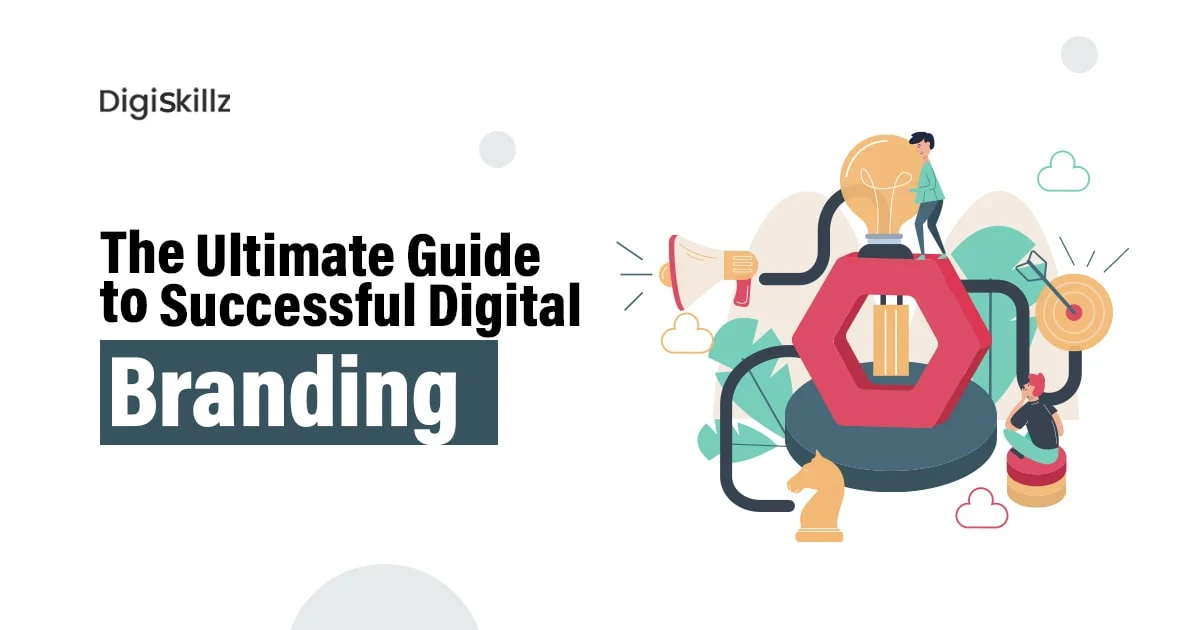

Leave A Comment